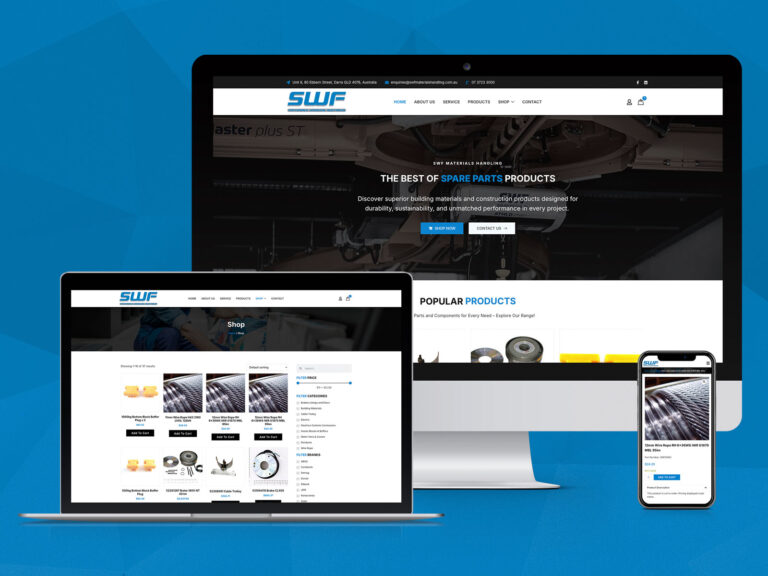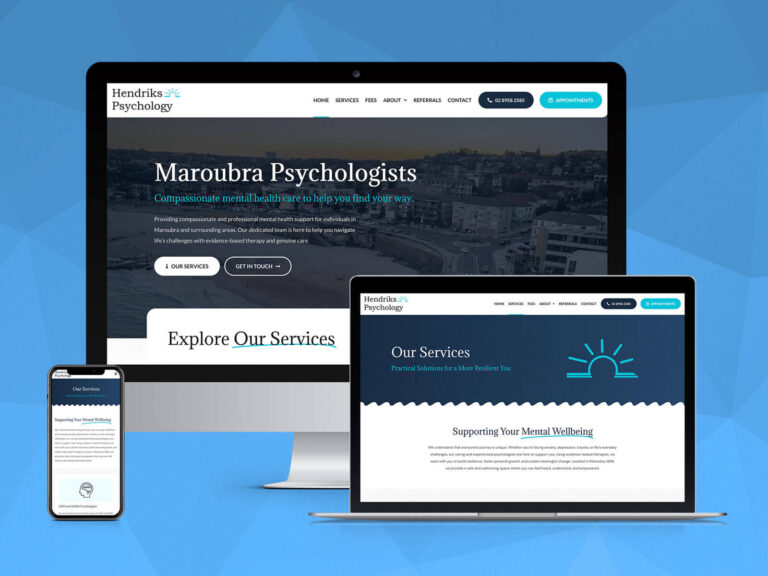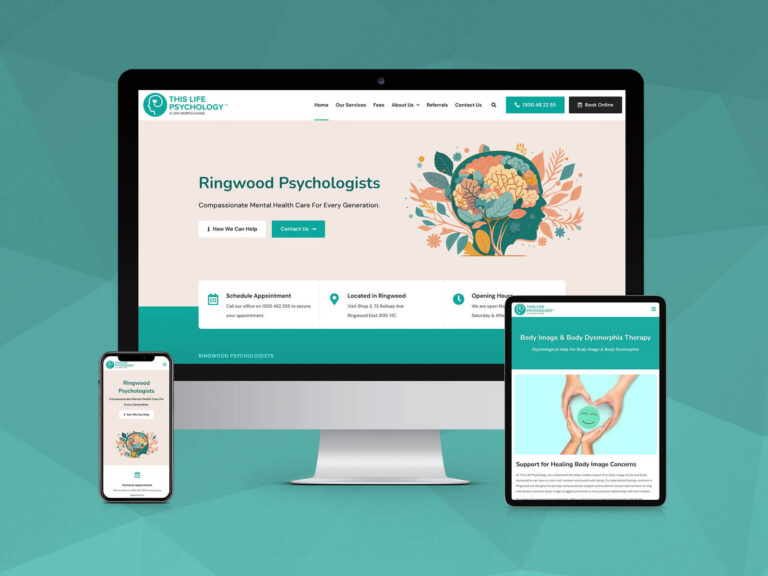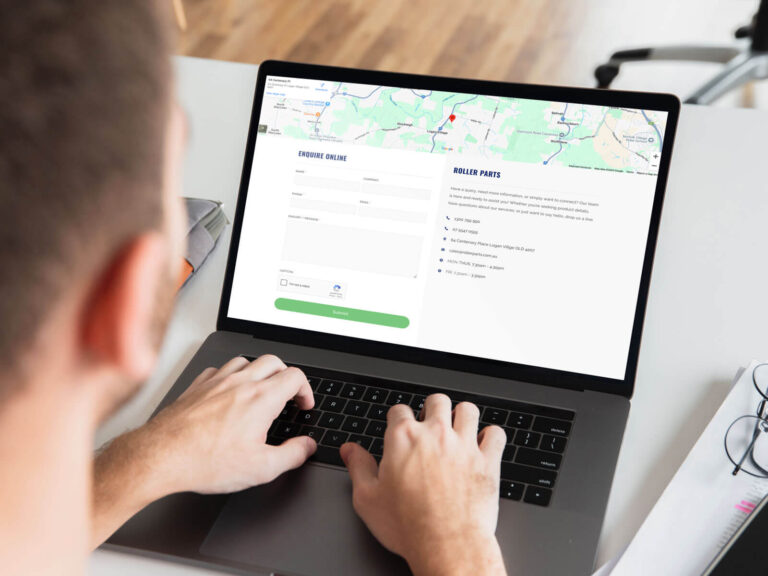Your website is receiving visits, yet potential customers are slipping through the cracks. It’s on your product pages where they seem to lose interest. Your brand is strong, your products align with the market’s needs, but something isn’t quite clicking.
The reality is that product pages often get overlooked by eCommerce business owners. Crafting an engaging product page is an intricate craft, where even the smallest detail can be the deciding factor between making a sale and losing an opportunity.
So, how can you revamp your product pages to enhance the customer experience and elevate your conversion rates? Dive into the world of product page optimisation with expert guidance, covering aspects from top-notch imagery to effective search engine optimisation. Let real success stories inspire your journey
Product Page Optimisation to Drive Sales
First, what is product page optimisation?
Product page optimisation is like giving your online store a friendly makeover. It’s the art of fine-tuning your product’s special spot on the web, making it more attractive and convincing. This makeover includes freshening up product descriptions, spicing up images, adjusting prices, gathering reviews, and tweaking those ‘Add to Cart’ buttons. All this effort creates a tailored shopping experience, boosts trust in your brand, and sets the stage for more sales on your eCommerce product pages.
10 Product Page Optimsation Tips
1. Great Images
The importance of captivating product images cannot be overstated. High-quality, professionally shot images not only showcase your product but also grab your customer’s attention.
Photography serves as a branding tool, painting an enticing lifestyle that customers can envision with your products. Moreover, good photos wield the power to influence conversion rates, with 85% of shoppers emphasizing the significance of product information and images in their brand selection process. With clear, detailed visuals, customers get a better sense of what they’re buying, boosting their confidence in your product’s quality. For more information, head over to our eCommerce product photography guide.
2. Defined and Clear Call To Action
A prominent, well-defined call to action (CTA) is like a road sign guiding customers towards the path you want them to take. By making it clear and compelling, you reduce confusion and encourage customers to take the next step, be it ‘Buy Now,’ ‘Add to Cart,’ or ‘Learn More.’
3. Images Linked to Product Variations
For products with variations (like size or color), linking images to these variations lets customers see precisely what they’re getting. This reduces guesswork, boosts engagement, and helps shoppers feel confident in making the right choice.
4. Transparent Product Information
Providing transparent product information helps build trust. Detailed descriptions, specifications, ingredients, and care instructions remove ambiguity and allow customers to make informed decisions.
5. Consistent Branding
Consistency is key for creating a professional, trustworthy image. Your product page should seamlessly integrate with your overall branding, from colors and fonts to voice and messaging. A cohesive brand identity fosters recognition and loyalty.
6. Social Proof & Reviews
Customer reviews, ratings, and testimonials are powerful tools for building trust. They offer authentic, unbiased insights into your products, validating their quality and reliability in the eyes of potential customers.
7. Balanced of Layout and Content
Finding the right balance between text and visuals is vital. A cluttered product page can overwhelm customers, so use a clean, organized layout. By using tabs, toggle and accordion elements, you can ensure your content is easy to scan and understand, highlighting key information while avoiding distractions.
8. Related Products
Suggesting related products encourages customers to explore additional options and make more purchases. Cross-selling and upselling complement the shopping experience and can increase the average order value. Related products usually fit best on the footer of your product page.
9. Trust Badges
Trust badges, such as secure payment icons, shipping guarantees, and quality assurance seals, boost your site’s credibility. They tell customers that their transactions are safe, and their data is protected, easing concerns about online shopping.
10. Product Upsells
By offering complementary products or higher-value alternatives, you can enhance the value of each sale. Strategically placed upsells help customers discover additional items they may need, elevating their shopping experience and increasing your revenue.
Incorporating these 10 product page optimisation tips into your eCommerce strategy can significantly enhance your sales potential. However, if you find yourself overwhelmed or would like expert guidance, don’t hesitate to reach out to our eCommerce specialists. We’re here to help you apply these techniques effectively, tailoring them to your unique products and customers. Together, we can create product pages that engage and convert, making your eCommerce journey a smoother and more profitable one. Happy selling!





